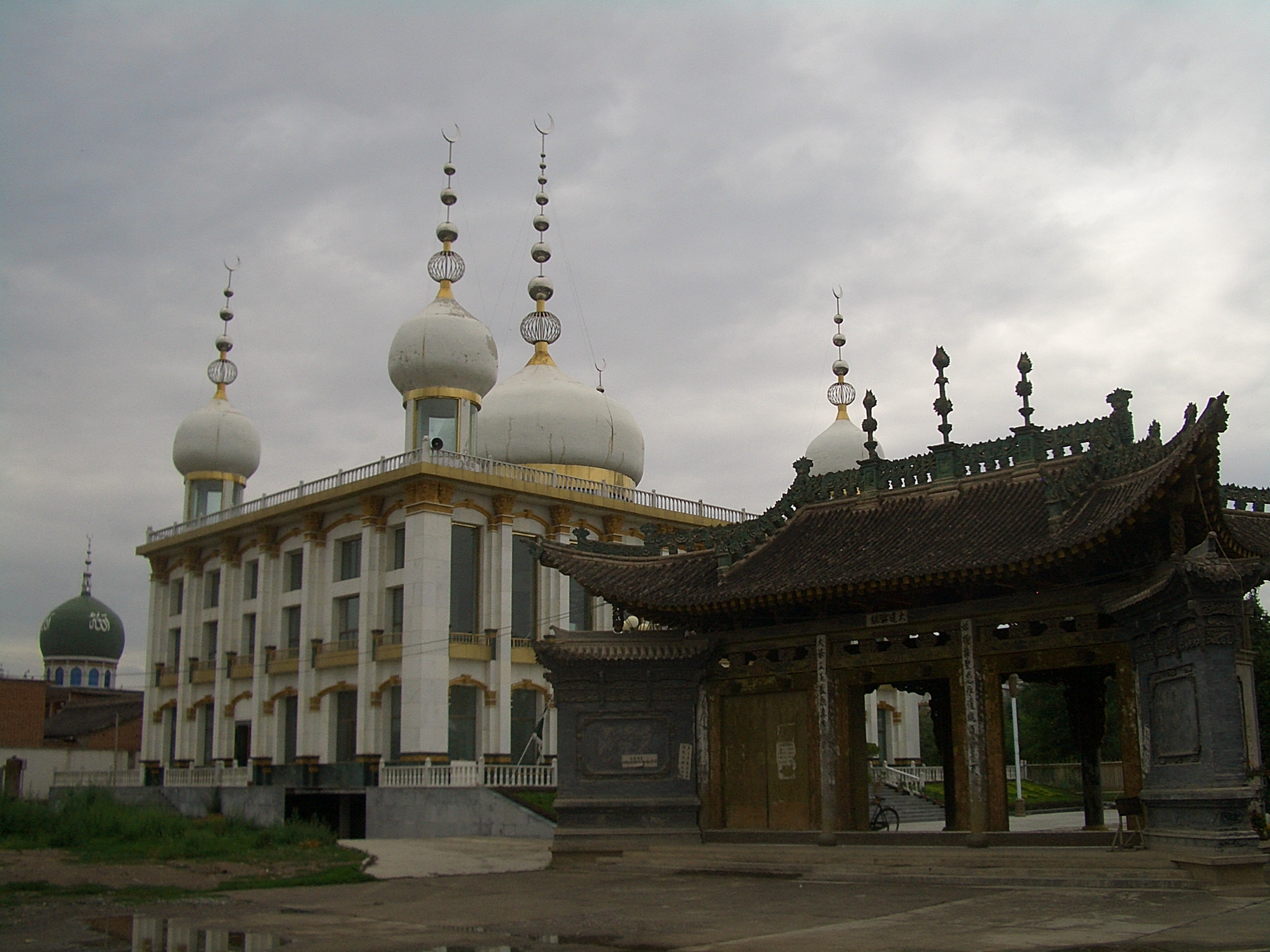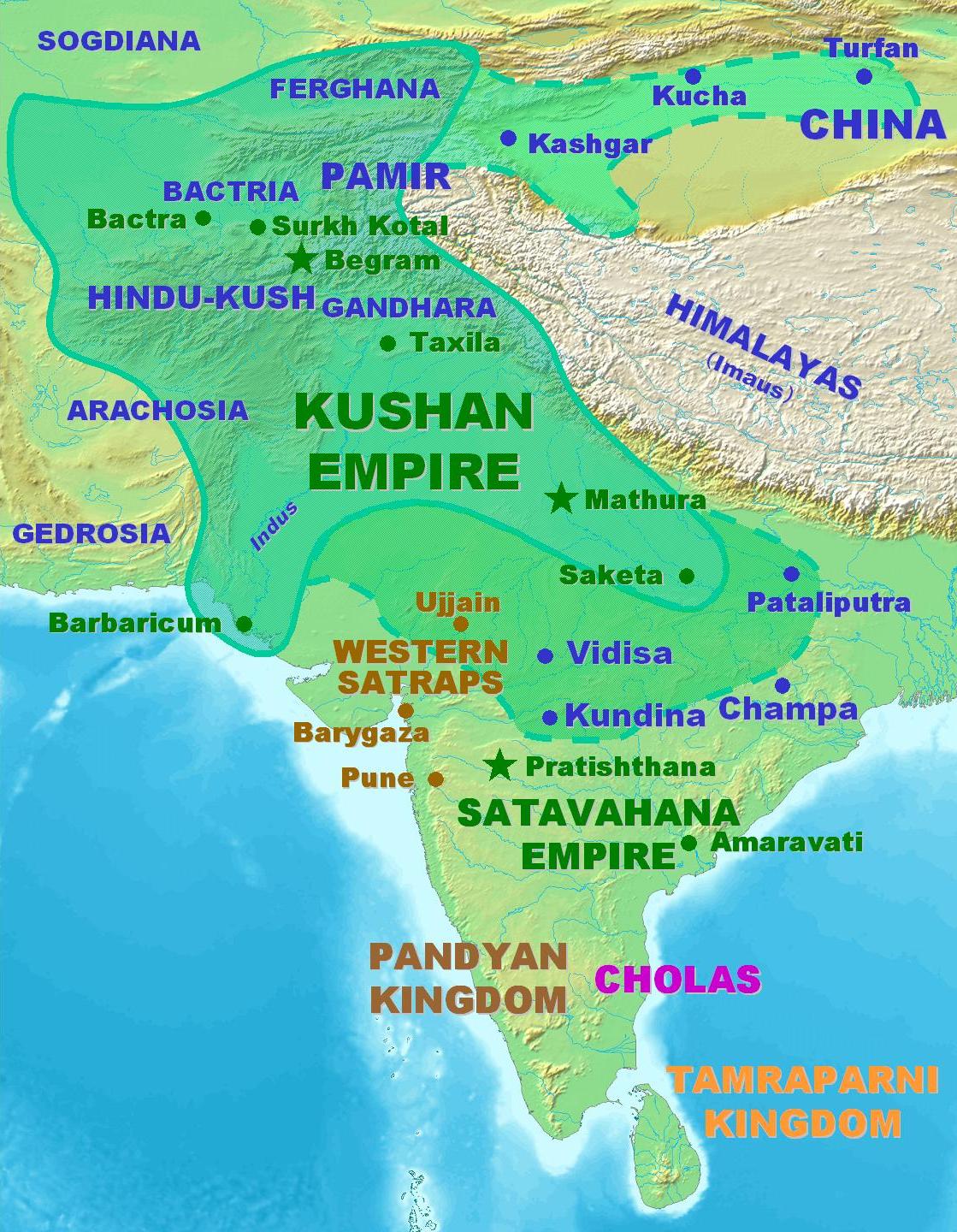|
Khufiyya
Khufiyya (; borrowed as zh, c=虎夫耶, p=Hǔfūyé) is a tariqa (Sufi order) of Chinese Islam. It was the first tariqa to be established in China and, along with the Jahriyya, Qadiriyya, and Kubrawiyyah, is acknowledged as one of the four orders of Chinese Sufism. Khufis dwell mainly in Northwest China, especially Gansu. The order follows the Hanafi school in terms of jurisprudence. Traditional beliefs within the order claim the originator of Khufiyya to be Abu Bakr. In addition, the doctrines of Khufiyya are influenced by a Confucian approach to expounding Muslim sacred texts known as ''Yiru Quanjing'' ( zh, 以儒詮經). History The origin of Khufiyya can be traced to the Naqshbandis of Central Asia, a Sunni spiritual order of Sufism, which in turn has its roots in Sham. Their missions gave rise to the prosperity of Sufis in Bukhara and Samarkand. Makhdumi Azam, a 17th-century Naqshbandi leader, settled in Kashgar where his offspring promoted and cemented his t ... [...More Info...] [...Related Items...] OR: [Wikipedia] [Google] [Baidu] |
Jahriyya
Jahriyya (also spelled Jahrīya or Jahriyah) is a '' menhuan'' ( Sufi order) in China, commonly called the New Teaching (''Xinjiao''). Founded in the 1760s by Ma Mingxin, it was active in the late 18th and 19th centuries in what was then Gansu Province (also including parts of today's Qinghai and Ningxia), when its followers were involved in a number of conflicts with other Muslim groups and in several rebellions against China's ruling Qing dynasty. The name comes from the Arabic word ''jahr'' (جهر), referring to their practice of vocally performing the ''dhikr'' (invocation of the name of God). This contrasted with the more typical Naqshbandi practice of performing it silently, as observed by the Khufiyya or Old Teaching. History Foundation and principles The Jahriya order was founded by the Gansu Chinese-speaking Muslim scholar Ma Mingxin soon after his return to China in 1761, after 16 years of studying in Mecca and Yemen.Gladney (1996), pp. 48–50Lipman (1988), pp. ... [...More Info...] [...Related Items...] OR: [Wikipedia] [Google] [Baidu] |
Ma Laichi
Ma Laichi (1681? – 1766?; ), also known as Abu 'l-Futūh Ma Laichi, was a Chinese Sufi master who brought the Khufiyya movement to China and created the Huasi ''menhuan'' ( Sufi order) - the earliest and most important Naqshbandi (نقشبندية,納克什班迪) order in Chinese Muslim history.Gladney (1996), pp. 47-48Lipman (1998), p. 65-67 Life Afaq Khoja's blessing Ma Laichi came from a Chinese Muslim family with a military background. His grandfather, Ma Congshan, was a general under the Ming dynasty; his father, Ma Jiujun, passed imperial examinations on the military track under the Qing, but instead of joining government service, made a fortune in business. His home was in Hezhou (now called Linxia), one of the main Muslim centers of Gansu. According to the legend told by Ma Laichi's followers, Ma Jiajun was still childless at the age of forty, and, desirous to have a son, he went to Xining, to ask for a blessing from Afaq Khoja, a Naqshbandi ''shaykh'' ... [...More Info...] [...Related Items...] OR: [Wikipedia] [Google] [Baidu] |
Islam In China
Islam has been practiced in China since the 7th century CE.. There are an estimated 17–25 million Muslims in China, less than 2 percent of the total population. Though Hui people, Hui Muslims are the most numerous group, the greatest concentration of Muslims reside in northwestern China's Xinjiang autonomous region, which contains a significant Uyghurs, Uyghur population. Lesser yet significant populations reside in the regions of Ningxia, Gansu and Qinghai. Of Ethnic minorities in China, China's 55 officially recognized minority peoples, ten of these groups are predominantly Sunni Islam, Sunni Muslim. History The Silk Road, which comprised a series of extensive inland trade routes that spread all over the Mediterranean to East Asia, was used since 1000 BCE and continued to be used for millennia. For more than half of this long period of time, most of the traders were Muslim and moved towards the East. Not only did these traders bring their goods, they also carried with the ... [...More Info...] [...Related Items...] OR: [Wikipedia] [Google] [Baidu] |
Naqshbandi
Naqshbandi (Persian: نقشبندیه) is a major Sufi order within Sunni Islam, named after its 14th-century founder, Baha' al-Din Naqshband. Practitioners, known as Naqshbandis, trace their spiritual lineage (silsila) directly to the Prophet Muhammad through the first caliph, Abu Bakr, via Ja'far al-Sadiq. This order is distinct for its strict adherence to Sharia and silent dhikr practices adopted from earlier Central Asian masters. History The order is also known as the "convergence of the two oceans" due to the presence of Abu Bakr and Jafar al-Sadiq in the silsilah, ''silsila'' and the "Sufi Order of Jafar al-Sadiq". The Naqshbandi order owes many insights to Yusuf Hamadani and Abdul Khaliq Ghijduwani in the 12th century, the latter of whom is regarded as the organizer of the practices and is responsible for placing stress upon the purely silent dhikr, remembrance of Allah. It was later associated with Baha-ud-Din Naqshband Bukhari, Baha al-Din Shah Naqshband in the ... [...More Info...] [...Related Items...] OR: [Wikipedia] [Google] [Baidu] |
Afaq Khoja (Miskiya)
Afaq Khoja (), born Hidayat Allah (; ), also known as Apaq Xoja or more properly Āfāq Khwāja (), was a Naqshbandi īshān and political leader with the title of Khwaja in Kashgaria (in present-day Southern Xinjiang, China). He was also known as Khwāja Hidāyat Allāh (خواجه هدایتالله). Spelling variants In Chinese, Afaq Khoja is known as . His name is also written as (''Āpàkè Huòjiā'') or (''Āpàkè Hézhuō'') and occasionally just (''Āpà Huòjiā''); ''Khoja'' may also appear as (Hézhuō). In the Uyghur Latin alphabet, it is written as ''Apaq Xoja'' and in Modern Uyghur script as . Biography Afaq Khoja was a great-grandson of the noted Naqshbandi Sufi teacher, Ahmad Kasani (احمد کاسانی) (1461–1542) (also known as ''Makhdūm-i`Azam'', مخدومِ اعظم, "the Great Master") and was revered as a Sufi teacher in his own right. Afaq was born in 1626 in Kumul, where his father Muhammad Yusuf Khoja preached. His mother Zul ... [...More Info...] [...Related Items...] OR: [Wikipedia] [Google] [Baidu] |
Kashgar
Kashgar () or Kashi ( zh, c=喀什) is a city in the Tarim Basin region of southern Xinjiang, China. It is one of the westernmost cities of China, located near the country's border with Kyrgyzstan and Tajikistan. For over 2,000 years, Kashgar was a strategically important oasis on the Silk Road between China, the Middle East, and Europe. It is one of the oldest continuously inhabited cities in the world and has a population of 711,300 people (). Kashgar's urban area covers , although its administrative area extends over . At the convergence point of widely varying cultures and empires, Kashgar has been under the rule of the Chinese, Turkic, Mongol and Tibetan empires. The city has also been the site of a number of battles between various groups of people on the steppes. Now administered as a county-level city, Kashgar is the administrative centre of Kashgar Prefecture, which has an area of and a population of approximately 4 million . Kashgar was declared a Special Economic ... [...More Info...] [...Related Items...] OR: [Wikipedia] [Google] [Baidu] |
Mufti
A mufti (; , ) is an Islamic jurist qualified to issue a nonbinding opinion ('' fatwa'') on a point of Islamic law (''sharia''). The act of issuing fatwas is called ''iftāʾ''. Muftis and their ''fatāwa'' have played an important role throughout Islamic history, taking on new roles in the modern era. Tracing its origins to the Quran and early Islamic communities, the practice of ''ifta'' crystallized with the emergence of the traditional legal theory and schools of Islamic jurisprudence ('' madhahib''). In the classical legal system, fatwas issued by muftis in response to private queries served to inform Muslim populations about Islam, advise courts on difficult points of Islamic law, and elaborate substantive law. In later times, muftis also issued public and political fatwas that took a stand on doctrinal controversies, legitimized government policies or articulated grievances of the population. Traditionally, a mufti was seen as a scholar of upright character who poss ... [...More Info...] [...Related Items...] OR: [Wikipedia] [Google] [Baidu] |
Tariqa
A ''tariqa'' () is a religious order of Sufism, or specifically a concept for the mystical teaching and spiritual practices of such an order with the aim of seeking , which translates as "ultimate truth". A tariqa has a (guide) who plays the role of leader or spiritual director. The members or followers of a tariqa are known as (singular '), meaning "desirous", viz. "desiring the knowledge of God and loving God" (also called a '). The murshid of the tariqa is also believed to be the same as the '' tzadik'' of Judaism, meaning the "rightly guided one". The metaphor of "way, path" is to be understood in connection of the term sharia which also has the meaning of "path", more specifically "well-trodden path; path to the waterhole". The "path" metaphor of ''tariqa'' is that of a further path, taken by the mystic, which continues from the "well-trodden path" or exoteric of sharia towards the esoteric '. A fourth "station" following the succession of ''shariah'', ' and ' is called ... [...More Info...] [...Related Items...] OR: [Wikipedia] [Google] [Baidu] |
Lintao County
Lintao County () is administratively under the control of Dingxi, Gansu province, China. History Pottery from the Majiayao culture (3300 to 2000 BC) has been found in Lintao. Until the 20th century, Lintao was known as Didao (). The Battle of Didao was fought in the area in 255 CE, during the Three Kingdoms era. In the 8th century, an anonymous poet of the Tang dynasty places General Geshu Han and the Chinese army in Lintao, battling the Tibetans. Poet Li Bai references Lintao in his poem, "Ballads of Four Seasons: Winter." Located at an important Tao River crossing, Didao City (i.e., today's Taoyang Town) was an important trade center during the Northern Song dynasty (ca. 11–12th century), when the more northern route of the Silk Route was blocked by the Xi Xia state. It is known to have been home to hundreds of foreign merchants at the time, some of whom may have been the ancestors of today's Hui people of Gansu. Geography The county is located mostly on the right ... [...More Info...] [...Related Items...] OR: [Wikipedia] [Google] [Baidu] |
Ma Shouzhen (mufti)
Ma Shouzhen ( zh, t=馬守真; c. 1548–1604), also known by her courtesy name Ma Xianglan ( zh, t=馬湘蘭, meaning "Orchid of the Xiang River") and pen name Yuejiao ("Lunar Beauty"), was a Chinese courtesan and artist born in Nanjing during the late Ming dynasty (1550–1644). She was a renowned painter, poet, and composer, receiving the name Xianglan because her most favored paintings were of orchids. Biography Ma was born in Nanjing, although little of her early life is known.Laing, Ellen Johnston (1998). "Ma Shouzhen". In Lee, Lily Xiao Hong; Stefanowska, A. D.; Wiles, Sue; Ho, Clara Wing-chung (eds.). ''Biographical dictionary of Chinese women''. University of Hong Kong Libraries publications. Armonk, N.Y: M. E. Sharpe. . At the age of 15, Ma Shouzhen formally assumed the position of a Yiji, or performing courtesan. Her first known painting also dates from this year. Before this, she may have received her education from a proprietor who owned her during her childhood ... [...More Info...] [...Related Items...] OR: [Wikipedia] [Google] [Baidu] |








